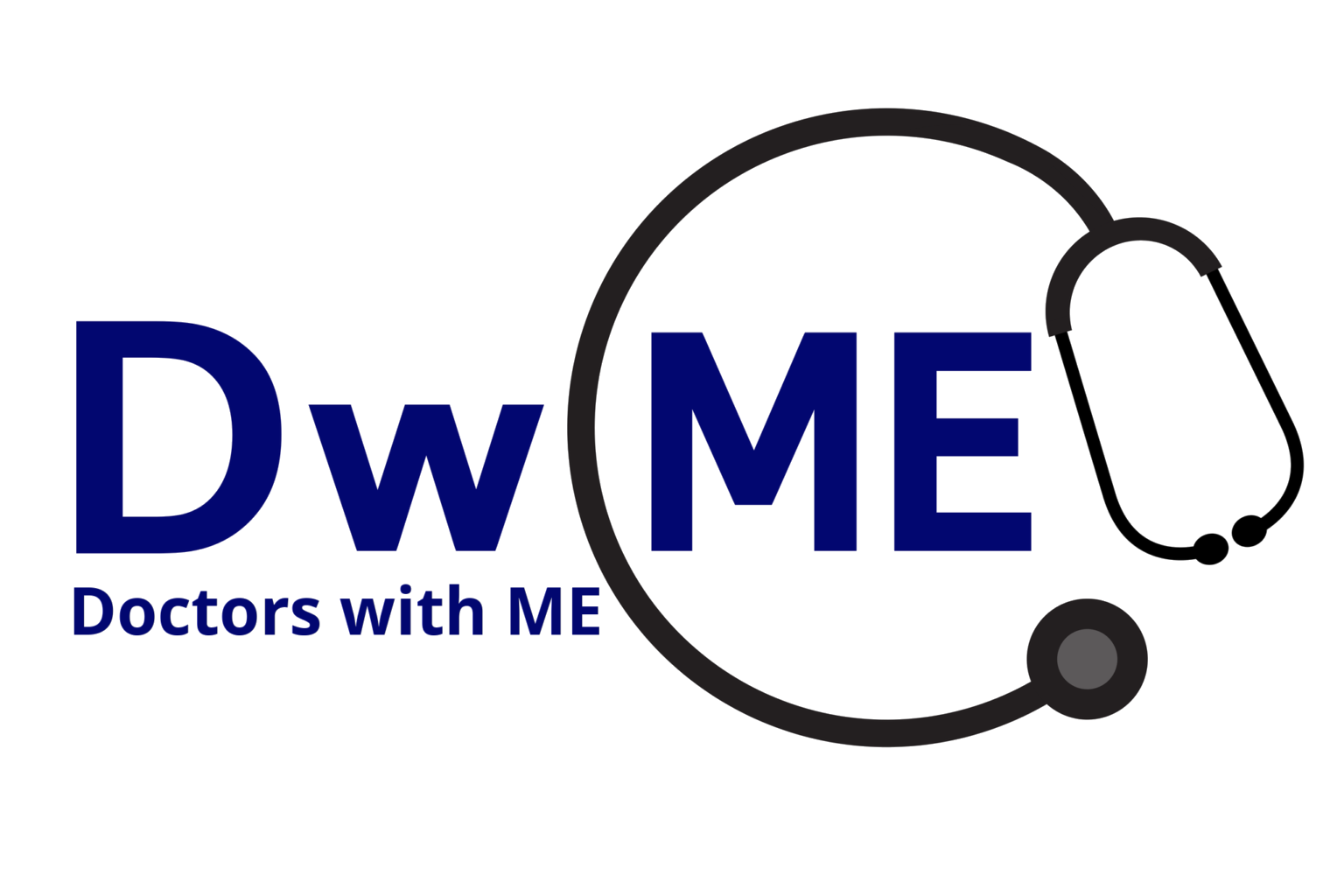- Summary
- Context of unmanaged liabilities
- Enforceable obligations
- Obligation to not negate ME/CFS legal status
- Obligation to procure ME/CFS medical education
- Obligation to not mislead or evade diagnosis and to provide sufficient detail (FND, MUS, PPS, ‘dysregulation model’ and Long Covid examples)
- Obligation to not abuse power and authority
- Obligation to recognise ME/CFS patient housebound or carer status
- Tests of lawfulness
- Risks – compliance and operational
- Unlawful clinical judgement (examples)
- Expertise risk and reputational risk – medical and legal
- Illusion of legal authority vs medical law enforcement
- Knowledge-gap risk and audit trails (examples plus research-market inefficiencies)
- Freedom of Information Act risks – flawed clinical judgement, discrimination and education refusal
- Third party risk from preceding unlawful clinical judgement
- Liability, malpractice and indemnification
- Irrelevance of official edicts and officialised redistribution of liabilities to frontline balance sheets (vaccination and NICE guideline examples)
- Compromised indemnification, insurance cover nullification and liability for lost income
- Evaluating duties of care and unmanaged risk exposures
- Risk mitigation
- References
- Version history
These compliance documents are live pre-released drafts that are specifically not structured for scientific audiences. Specific scientific referencing can be provided in consulting contexts, not limited to practice management, claims management, underwriting or litigation support for professionals or organisations.
Copyright and redistribution rights are governed by our terms of site usage. Communication of factual or typographical errata or other suggestions is welcome. This content was originally contained here (external link), has been split into separate compliance sections on our website and is in need of significant ongoing update.
A journalistic summary of these documents for lay audiences will soon be published.
The spectrum of behaviour discussed in this document frequently leads to hazardous distortions that compound risks from unlawful decision-making yet further. These distortions inherently project chains of risk to third parties, who are incentivised to firewall liabilities at the origin in your organisation.
Distortions from unlawful decision-making project chains of risks to third parties, who are incentivised to firewall liabilities at the origin in your organisation.
Where the projected distortion is within the same organisation, insurance conditions, professional standards and legal requirements should result in a colleague resolving matters correctly in their own or the organisation’s interests (if organisational liabilities are to be pre-emptively negated or minimised). Nonetheless, these distortions are often projected outwith the control of the initial liability generating party and into third parties’ control. Third parties’ interests will never lawfully align with preceding unlawful decision-making by others, thus making third parties’ identification of others’ initial responsibility critical to their own risk management. This neutralises a range of risk management possibilities and freedom of manoeuvre for the initial liability-generating party.
These distortions often take the form of artificial regulatory/policy dead-ends or procedural black-holes, where unlawful decision-making results in an arbitrarily irrelevant and/or prejudicial chain of events. Such outcomes may include, without being limited to, inappropriate/incorrect/unlawful decision-making or documentation by third parties, based on unlawful decision-making by a frontline service and/or failures to meet legal obligations regarding reasonable and proportionate requirements of record keeping and/or legal obligations regarding education.
Third parties’ interests never lawfully align with preceding unlawful decision-making by others, making identification of your initial responsibility critical to their own risk management. These distortions often take the form of artificial regulatory/policy dead-ends or procedural black-holes from arbitrarily irrelevant and/or prejudicial events
These distortions lead to numerous foreseeable and unforeseeable wider consequences. The gravity of these can increase already generated risks further, depending on:
- the extent of negative outcomes that occur within statutory or other time-frames
- the extent to which rule-adherence by a different person/organisation/profession is more lawful/proper/rigourous
- the professional, compliance or financial pressures incentivising a third party to correctly deflect liability to its actual origin in stark terms
Example – Third party assessment and therapeutic scenarios
As aforementioned, unlawful refusal/compulsion of treatments and measures is common to the point of frontline normalisation in this field, most often despite 1) explicit contradiction by policy and 2) resultant breaches of the Human Rights Act, the Equality Act, various duties of care in law and the Public Sector Equality Duty. Critically, these failures project contra-scientific belief systems and failures to fulfil legal obligations regarding education into assessment and therapeutic contexts, beyond the control of the risk-originating person or organisation.
Assessments for benefits, insurance, medico-legal, disability parking “blue badges”, occupational / vocational health or other contexts do risk similarly unlawful and/or inappropriate decision-making when generating documentation. This applies in equal risky measure to therapeutic practitioners, whether by frontline referral or otherwise. Due to the increasing access to accurate information, removal of contra-scientific operating guidelines in a number of fields and consequentially reducing probabilities of unlawful decision-making, these third parties may correctly implement their legal obligations and duties of care (particularly important in the fields of physiotherapy and mental health care, where regulatory review addresses prevalent and harmful unlawful practice and belief systems – link).
Normalised unlawful frontline refusal/compulsion of treatments and measures can suffer from later third parties, who expressly or implicitly identify the preceding organisation’s culpability in stark terms to ensure firewalling of liability. Examples include assessments in benefits, insurance, medico-legal, disability parking “blue badges”, occupational / vocational health and therapeutic contexts
Where an assessment or treatment by a third party is instead performed in complete compliance with lawful requirements, this can exacerbate risks for the initial liability-generating organisation. This is particularly the case where documentation or testimony depends on, is informed by or is triggered by frontline medical communications, records or behaviour. This contrasting behaviour may either be 1) in direct contradiction of preceding frontline practice, treatment or behaviour, thus furnishing further context for complaint or legal action or 2) expressly or implicitly identify the preceding organisation’s culpability in stark terms, to ensure firewalling of liability and reputational risks around the originating party alone.
